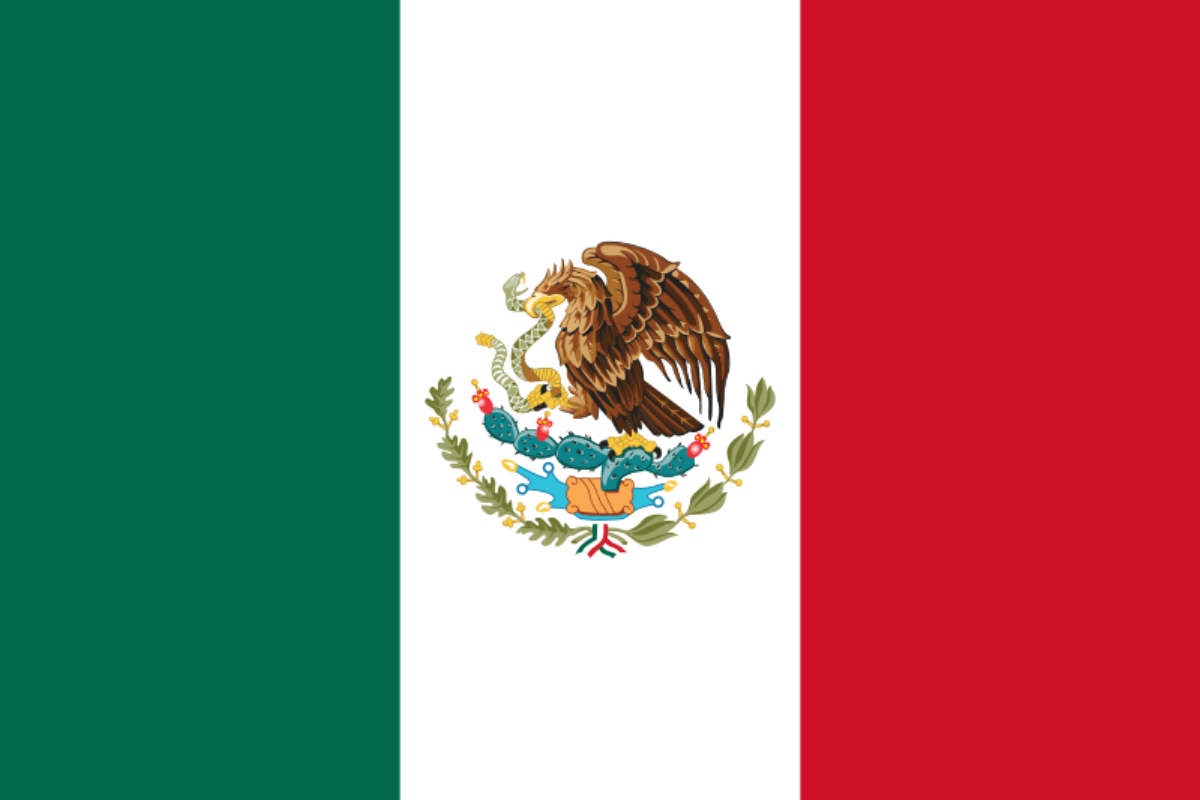The national flower of Mexico is the Dahlia. It is a genus of bushy, tuberous plants native to Mexico and Central America. Known for its vibrant colors and diverse forms, the Dahlia was officially declared Mexico’s national flower in 1963, symbolizing the rich botanical heritage and cultural history.
The Dahlia is a beautiful flower with many varied forms.
This vibrant and versatile flower not only captivates the eye but also holds a deep connection with Mexican culture and history.
Its journey from a native plant to a national symbol is a story of botanical fascination and cultural significance.
Tracing the path of how the Dahlia became an integral part of Mexico’s identity reveals much about the nation’s heritage and values.
Let’s get into it.

What is the national flower of Mexico?
The Dahlia, Mexico’s national flower, is a testament to the country’s vibrant natural landscape.

Native to Mexico, these flowers are renowned for their splendid beauty and remarkable variety.
Each bloom of the Dahlia tells a story of natural diversity, ranging from intricate, layered petals to simple, elegant designs.
Their rich color palette echoes the lively hues found in Mexican art and textiles, symbolizing the nation’s artistic flair and spirited character.
Embracing both simplicity and complexity, Dahlias beautifully encapsulate the essence of Mexican nature and the country’s appreciation for flora that is as diverse as its people and traditions.
- Origin: Native to Mexico and Central America.
- Family: Part of the Asteraceae family, related to sunflowers, daisies, and chrysanthemums.
- Species: There are 42 accepted species of Dahlia.
- Variety: Dahlias come in a wide range of colors and sizes, from 2 inches to a foot in diameter.
- Symbolism: Represents beauty, elegance, resilience, devotion, and eternal love.
- Historical Use: Cultivated by the Aztecs and used for their tubers and medicinal properties.
- Botanical Characteristic: Dahlias are octoploids, meaning they have eight sets of homologous chromosomes.
- National Recognition: Declared as the national flower of Mexico in 1963.
- Culinary Use: Used in Oaxacan cuisine and for flavoring beverages in Central America.
- Medicinal Aspect: Dahlia tubers were historically used as a diabetic treatment before the discovery of insulin.
When was the Dahlia chosen to be the national flower of Mexico?
The Dahlia was officially recognized as the national flower of Mexico in the year 1963.
This declaration marked a significant moment in the country’s botanical and cultural history.
The choice of the Dahlia, a flower native to the region, underscored Mexico’s dedication to preserving and celebrating its natural heritage.
The year 1963 stands as a pivotal point when Mexico chose to honor a symbol that was deeply rooted in its soil and reflected the nation’s identity.
This decision highlighted the importance of the Dahlia not only as a botanical wonder but also as a cultural icon within Mexico.
Who was responsible for choosing the Dahlia to be the national flower of Mexico?
The official declaration of the Dahlia as Mexico’s national flower was a decision made by the Mexican government.
This formal recognition in 1963 was a step towards acknowledging the country’s rich botanical diversity.
The government, seeking to promote national pride and cultural identity, chose the Dahlia for its deep roots in Mexican history and its wide representation of the country’s flora.
By selecting a flower indigenous to Mexico, the government aimed to reinforce a sense of national unity and celebrate the unique natural beauty inherent to the nation
Why was the Dahlia chosen as the national flower of Mexico?
The Dahlia was chosen as Mexico’s national flower for its rich symbolism and botanical significance.
Recognized as a symbol of beauty, elegance, and strength, the Dahlia’s long association with Mexico and its wide range of colors – from white to yellow to purple to red – make it a natural choice.
Its ability to thrive in different climates and its medicinal properties also played a significant role in its selection as Mexico’s national flower.
Beyond its aesthetic appeal, the Dahlia is also associated with resilience, blooming in late summer and fall when many other plants have wilted.
This attribute underscores the flower’s representation of devotion and eternal love.
In some cultures, it is used to express gratitude and appreciation, symbolizing dignity and kindness due to its impressive size and vibrant colors.
The Dahlia’s varied meanings and its use as a gift to show kindness and good wishes add to its cultural depth and relevance as Mexico’s national flower.
How was the national flower of Mexico chosen?
The decision to choose the Dahlia as Mexico’s national flower was not made through a public vote or a broad panel decision.
Instead, it was a declaration made by then-President Adolfo López Mateos in 1963.
This choice by the head of state reflected a deeper recognition of the flower’s cultural and historical significance to Mexico.
President Mateos’ decision was likely influenced by various factors, including Dahlia’s native status to Mexico, its ecological versatility, and its longstanding cultural importance.
The flower’s adaptability to diverse climates and its use in traditional medicine added to its appeal as a national symbol.
The Dahlia’s selection also underscored the cultural values and artistic heritage of Mexico.
Its rich symbolism, representing resilience, dignity, and beauty, resonated with the national identity.
By choosing the Dahlia, President Mateos not only acknowledged a botanical treasure but also celebrated a flower deeply interwoven with Mexico’s history and cultural fabric.

